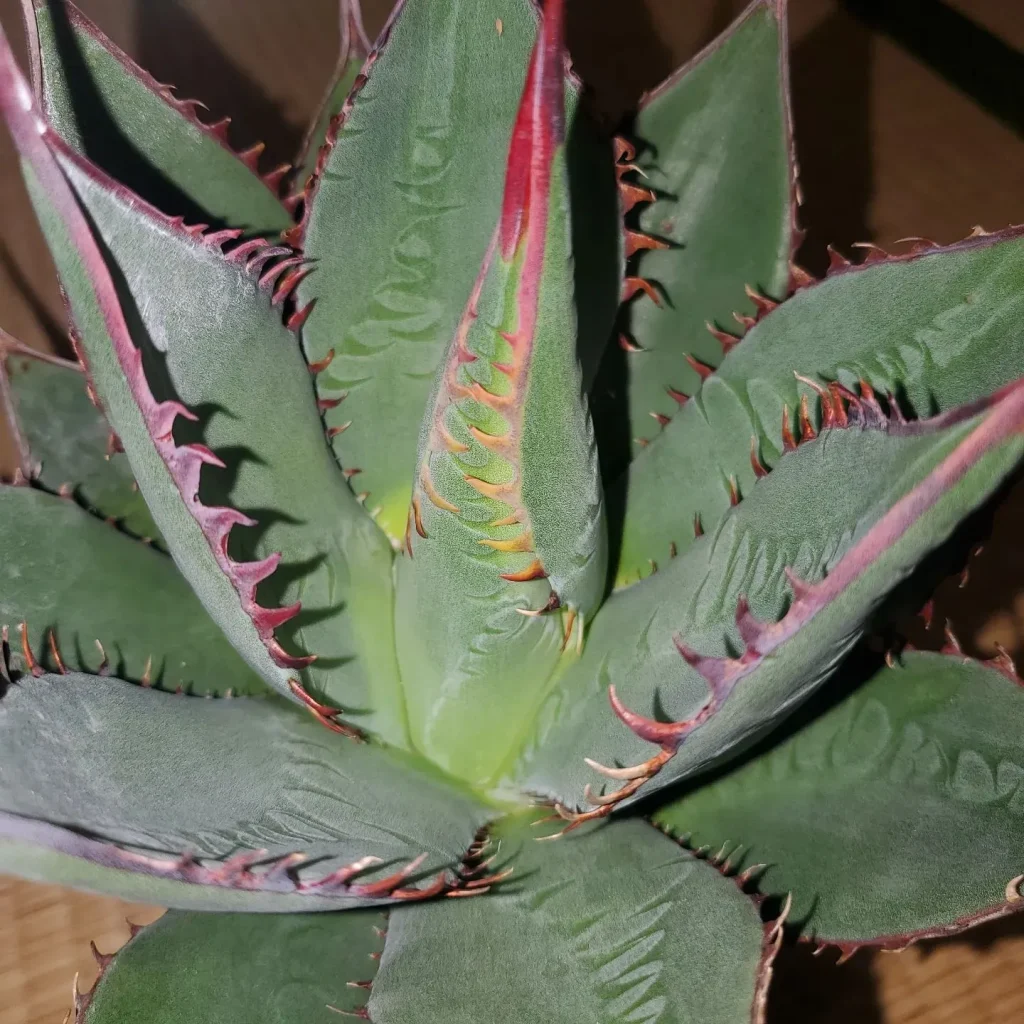
FAQs About Angelica Atropurpurea
As an avid gardener and plant enthusiast, I often get asked about Angelica Atropurpurea. This striking plant, known for its dramatic purple flowers and lush foliage, can be a real showstopper in a garden. Here’s a comprehensive guide addressing some frequently asked questions about this unique plant.
107 Species in Genus Angelica
What is Angelica Atropurpurea?
Angelica Atropurpurea, also known as Purple Angelonia or Purple Angelica, is a perennial plant that stands out with its tall, stately spikes of deep purple flowers. Native to North America, it can grow up to 6 feet tall, producing large, umbrella-like clusters of blossoms that add a touch of elegance to any garden. The plant is particularly appreciated for its architectural presence and its ability to attract pollinators such as bees and butterflies.
Where Can I Buy Angelica Atropurpurea?
Finding Angelica Atropurpurea can be a bit of a treasure hunt. You can often find this plant at specialty nurseries, particularly those that focus on native or exotic plants. Many local garden centers might not stock it regularly, so checking with them in advance is a good idea. Online plant retailers and marketplaces like Etsy or Amazon are also viable options. Just ensure you’re buying from a reputable seller to avoid issues with plant health or incorrect species.
How to Care for Angelica Atropurpurea?
Caring for Angelica Atropurpurea involves a few key considerations:
- Sunlight: This plant thrives in full sun to partial shade. Ideally, it should get at least 6 hours of sunlight each day.
- Soil: Angelica prefers well-draining soil that is rich in organic matter. While it can tolerate a range of soil types, adding compost or well-rotted manure can enhance its growth.
- Watering: Regular watering is crucial, especially during dry spells. However, avoid waterlogging as it can lead to root rot. Aim for consistently moist soil, but not soggy.
- Fertilizing: Feed the plant with a balanced fertilizer during the growing season to encourage robust growth and flowering.
- Pruning: Remove spent flowers to promote new blooms and maintain the plant’s appearance. Cut back in late fall or early spring to prepare the plant for the next growing season.
How to Propagate Angelica Atropurpurea?
Propagating Angelica Atropurpurea can be done through seed sowing or division.
- Seed Sowing: Start seeds indoors 6-8 weeks before the last frost. Sow them in seed-starting mix and keep them in a warm, bright location. Transplant seedlings outdoors after the danger of frost has passed.
- Division: For established plants, you can divide the root clumps in early spring or fall. Ensure each division has a healthy root system and replant them immediately.
What to Plant With Angelica Atropurpurea?
Angelica Atropurpurea pairs well with a variety of plants. Consider these companions:
- Echinacea: The purple tones of Angelica complement the bright, daisy-like flowers of Echinacea.
- Phlox: These can add a burst of color and create a dynamic floral display.
- Hostas: Their foliage can provide a lush contrast to the tall spikes of Angelica.
Can You Grow Angelica Atropurpurea Indoors?
Growing Angelica Atropurpurea indoors is challenging due to its size and light requirements. While it can technically be grown indoors with sufficient light, it’s typically more suited for outdoor gardens where it has room to thrive. If you’re determined to grow it indoors, ensure it receives ample sunlight or use grow lights to simulate natural conditions.
Is Angelica Atropurpurea Toxic?
Angelica Atropurpurea is not known to be toxic to pets or humans. However, it’s always a good practice to avoid ingesting any non-edible plant parts and to keep plants out of reach of pets who might chew on them.
Benefits of Angelica Atropurpurea
This plant offers several benefits:
- Aesthetic Appeal: Its tall, dramatic flowers make it a focal point in any garden.
- Pollinator Attraction: It attracts bees and butterflies, enhancing biodiversity.
- Low Maintenance: Once established, it requires minimal care and is relatively pest-resistant.
Common Problems with Angelica Atropurpurea
Some common issues include:
- Pests: Watch for aphids and spider mites, which can affect the plant’s health.
- Disease: Root rot can occur if the plant is overwatered or the soil does not drain well.
- Winter Hardiness: In colder climates, mulch around the base to protect the roots during winter.
How Does Angelica Atropurpurea Compare with Similar Plants?
Angelica Atropurpurea is often confused with Angelonia. While both have similar names, Angelonia is more commonly known as a summer annual with smaller, less dramatic flowers. In contrast, Angelica Atropurpurea is a perennial with a more striking floral display and larger growth.
In summary, Angelica Atropurpurea is a fantastic choice for gardeners looking to add height and drama to their garden. With its unique appearance and relatively low maintenance needs, it’s a standout addition that can transform any garden space.
If i die, water my plants!



